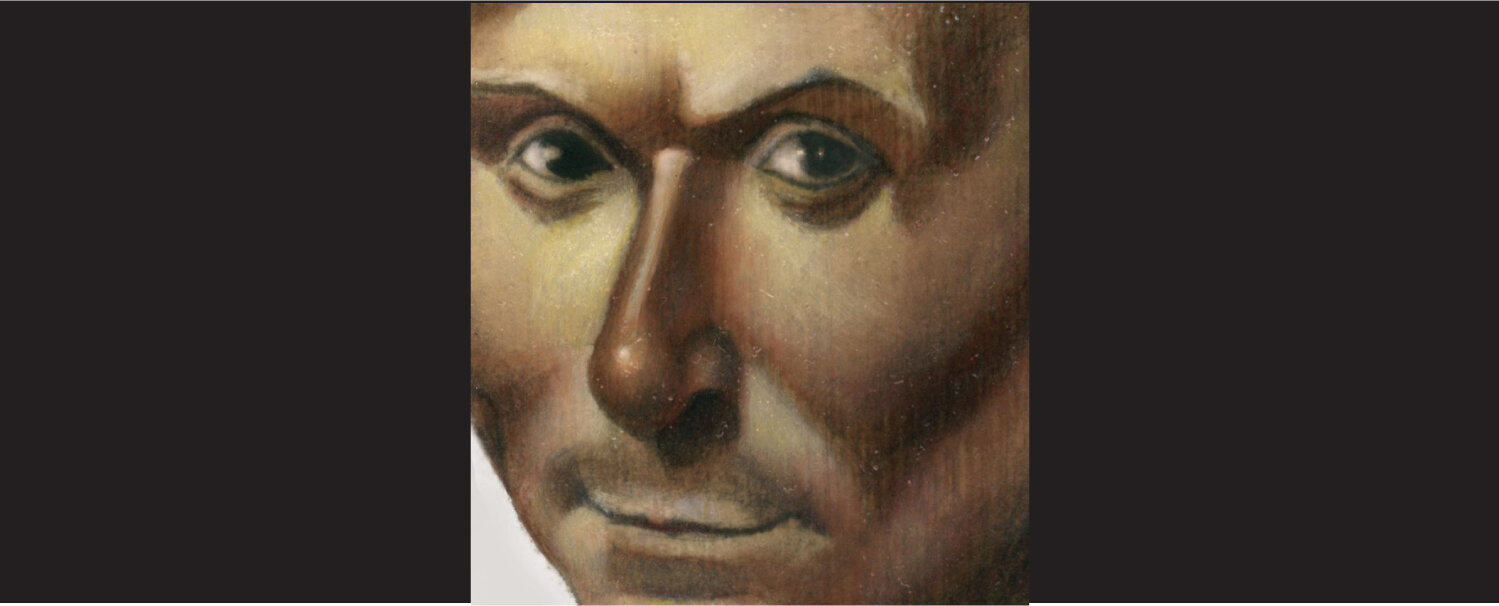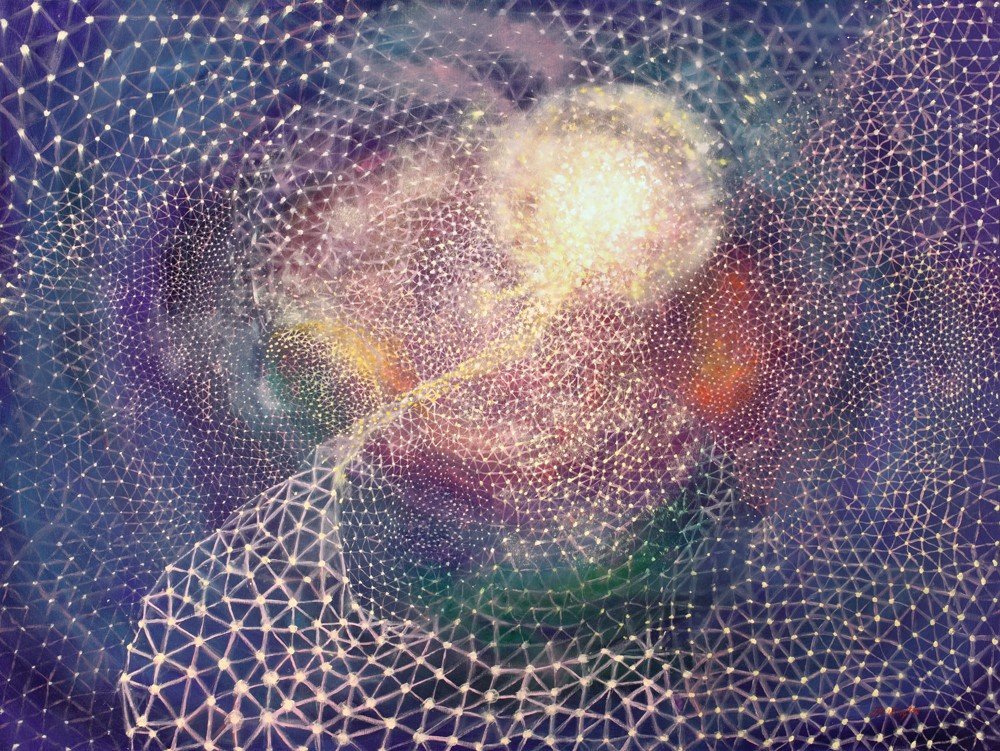THE TIME OF OUR LIVES

THE TIME OF OUR LIVES
March 18, 2020
“The solution often turns out to be more beautiful than the puzzle.” - Richard Dawkins
About 13,000 years ago, when much of the earth’s water was locked up in glaciers, modern Homo sapiens crossed the land bridge known as Beringia and emigrated from Siberia and Northeast China to North America. North America was populated by large mammals such as giant sloths, mastodons, mammoths, American lions, sabre-tooth cats, dire wolves, giant beavers, and two species of camels – and none could recognize Homo sapiens as predators because humans were a novel species to them. And once there, those humans ate their way down the west coast of the continent as they migrated south. Their populations grew in proportion to the availability of vast habitats and vast resources. It was an all-you-can-eat buffet known as the Megafaunal Extinction Event, and it remains, to this day, the metaphor for how humans behave in their search of new habitat and resources. The earth, and all the life it supports, has always been our ashtray.
One way to lessen the legitimate anxiety associated with this novel coronavirus is to see it as the Darwinian puzzle that it is. The most remarkable aspect of this pandemic isn’t that this particular coronavirus is a molecular Grim Reaper intent on exterminating Homo sapiens globally; it is not that. It is not divine retribution set upon humans by a displeased God - as HIV was originally believed to be as recently as 1980 by religious fanatics and their teleology of magical thinking. COVID–19 isn’t even a living thing; it’s more like a backdoor program that can enter a computer’s operating system – in this case, our body’s biological operating system - and exploit the system’s vulnerabilities by hijacking its programming in order to make copies of itself that can be easily spread. From the perspective of this pathogen, our human bodies are virus delivery systems; from our perspective, we are the megafauna.
This novel coronavirus is more virulent than other coronaviruses that cause the common cold in winter, but it is nothing like Ebola or Smallpox when it comes to pathogens that kill humans. So why are humans across the globe so vulnerable to this particular coronavirus? While scientists will develop a vaccine, and this microbe will become suppressed or even eradicated among human populations, perhaps vaccine development is not what will preserve human civilization in the long run. While humans are sick, perhaps it is our biosphere that is, in fact, dying.
It’s interesting to address some of the factors that contribute to the emergence of pathogens like this coronavirus. COVID-19 is a virus that occupies a niche that has opened in human civilizations – a niche that is as novel as the virus itself. With a global population of ~7.8 billion and a biosphere with an estimated carrying capacity of ~9 to 10 billion, to survive, human beings have to adapt. This virus spreads because of the world we have created through our economic geography: through our agribusiness models; through our extractive industries; and because of our incursion into formerly undeveloped regions of the world where the diversity of life is directly managed by natural selection. Humans have grabbed the reins of natural selection in an attempt to terraform the earth for the needs of one species: Homo sapiens. But this new sovereignty has consequences. The invasion of this novel coronavirus is just one such consequence.
In Shakespeare’s, “Hamlet”, Hamlet disparages man. He is disillusioned and bitter at what he sees of man’s destructive impulses.
“I have of late—but wherefore I know not—lost all my mirth, forgone all custom of exercises, and indeed it goes so heavily with my disposition that this goodly frame, the earth, seems to me a sterile promontory; this most excellent canopy, the air—look you, this brave o'erhanging firmament, this majestical roof fretted with golden fire—why, it appears no other thing to me than a foul and pestilent congregation of vapors. What a piece of work is a man! How noble in reason, how infinite in faculty! In form and moving how express and admirable! In action how like an angel, in apprehension how like a god! The beauty of the world. The paragon of animals. And yet, to me, what is this quintessence of dust? Man delights not me. No, nor woman neither,” – Hamlet, Act II, Scene 2
But Homo sapiens can step back and see this pandemic as the puzzle that it is. The human brain has ~86 billion neurons connected to each other by over a trillion synaptic connections that continuously pass signals to each other. Our brains are the most complex systems on earth; they compare to a computer with over a trillion-bit-per-second processor. Human brains were designed by natural selection to last a lifetime.
It’s surely not the checks we’ll receive in the coming months from the Federal Government that will solve the danger to life that this pandemic represents. It is our habits, it is our politics, it is our current civilization that must be changed in order for man to survive into the future.
And yes, it is our solutions that can, indeed, turn out to be more beautiful than the puzzle we currently face.
Image: Portrait of Jacqueline Roque, 1954, Pablo Picasso




